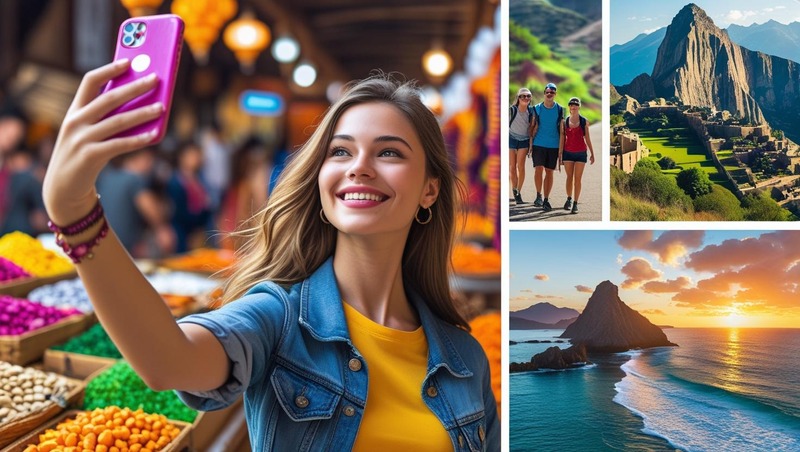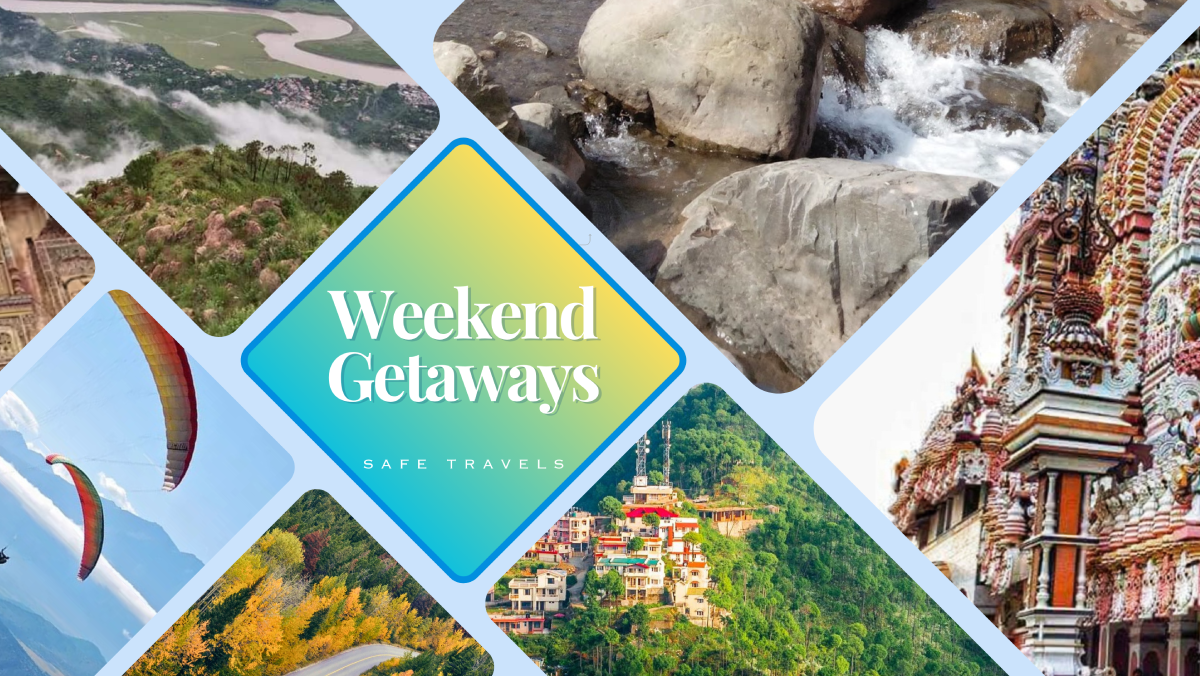Instagram Made Me Go Here — Was It a Mistake?
We’ve all fallen into the trap. You’re scrolling through Instagram or TikTok, and suddenly, there it is: a jaw-dropping photo of a secluded beach, a neon-lit alleyway, or a misty mountain peak. The caption says something like, “No filter needed!” or “This place will steal your heart.” And just like that, you’re searching flights, mentally packing your suitcase, and imagining yourself in that exact spot.
But here’s the hard truth—social media doesn’t always tell the full story.
Was that picture-perfect destination really worth the 12-hour flight, the overpriced hotel, and the crowds of tourists all fighting for the same shot? Or did Instagram sell you a dream that reality couldn’t deliver?
Let’s break down the good, the bad, and the ugly of chasing TikTok travel trends and Instagrammable places—without sugarcoating the experience.
Why We Fall for Instagram Travel Hype
Before we blame the algorithm, let’s admit it—we’re wired to crave beautiful, exotic places. Social media just feeds that desire.
A 2023 report by Expedia found that 62% of travelers choose destinations based on social media posts. Another study by Morning Consult revealed that Gen Z and Millennials are twice as likely to visit a place simply because it went viral.
Why Does This Happen?
-
FOMO (Fear of Missing Out)
-
When everyone’s posting about Santorini’s sunset or Bali’s jungle swings, you don’t want to be the only one who hasn’t been there.
-
-
The Illusion of Perfection
-
A single photo can make a place look like paradise—but what you don’t see are the crowds, the trash, or the cloudy days.
-
-
Algorithm-Driven Trends
-
TikTok’s “For You” page and Instagram’s Explore tab push certain locations relentlessly, making them seem like must-visit spots.
-
But here’s the catch: Reality doesn’t always match the feed.
When Instagram Travel Spots Disappoint
1. Overcrowding & Overtourism
Remember when Kyoto’s Fushimi Inari Shrine was a peaceful walk through red torii gates? Now, it’s a sea of selfie sticks.
-
Example: Iceland’s Blue Lagoon was once a hidden geothermal wonder. Now, it’s so packed that you’ll spend more time waiting in line than relaxing.
-
Stat: A National Geographic study found that Instagram geotags increased foot traffic by 300% in some fragile natural areas.
2. Heavily Edited vs. Reality
Ever arrived at a “pristine, turquoise waterfall” only to find murky water? Or a “deserted beach” that’s actually packed with tourists?
-
Example: The “Stairway to Heaven” in Hawaii looks like a mystical climb in photos. In reality, it’s an illegal, dangerous hike with steep fines for trespassing.
-
Pro Tip: Always check Google Images, use ChatGPT to plan a trip, and read recent TripAdvisor reviews before booking—they show the unedited truth.
3. Expensive & Overhyped Experiences
Some places skyrocket in popularity—and so do their prices.
-
Example: A café in Paris charges €20 for a latte just because it has a flower wall backdrop.
-
Example: The “Door to Hell” in Turkmenistan became a bucket-list item, but visitors often say it’s just… a big, flaming pit in the desert.
How to Spot Fake Travel Hype (Before You Book)
Before you blindly follow the next TikTok trend, ask yourself:
✅ Is this place naturally beautiful, or just staged?
✅ Are there recent, unfiltered photos? (Check Google Images or Reddit)
✅ What do locals say about it? (TripAdvisor forums are gold)
✅ Is it ethical to visit? (Some spots harm wildlife or local communities)
3 Instagram-Worthy Places That Actually Deliver
Not every viral spot is a letdown. Here are a few that live up to the hype:
1. Cappadocia, Turkey (Hot Air Balloons)
-
Why it’s worth it: The sunrise balloon rides are as magical as they look.
-
Best time to go: Spring or fall to avoid extreme weather.
2. Banff National Park, Canada (Lake Louise)
-
Why it’s worth it: The turquoise water is real (no editing needed).
-
Pro tip: Visit early morning to beat crowds.
3. Chefchaouen, Morocco (The Blue City)
-
Why it’s worth it: Every alley is genuinely this vibrant blue.
-
Avoid: Midday sun—colors pop best in soft morning light.
How to Travel Smarter in the Age of Social Media
1. Go Beyond the “Top Photo Spots”
-
Instead of fighting crowds at the Eiffel Tower, try a lesser-known Parisian neighborhood like Le Marais.
-
Skip Bali’s Tegalalang Swing and explore Nusa Penida’s hidden beaches instead.
2. Visit in Shoulder Season
-
Want Santorini without the crowds? Go in April or October.
-
Prefer Iceland’s beauty without the tourist rush? Winter (outside Christmas) is surprisingly peaceful.
3. Support Local Businesses, Not Just Instagram Traps
-
Instead of eating at an overpriced “Instagram café,” find a family-run spot recommended by locals.
-
Book tours with small, ethical operators rather than mass-market agencies.
Final Verdict: Should You Trust Instagram Travel Trends?
Yes—but with caution. Social media can inspire amazing trips, but it can also lead to disappointment.
-
Do your research beyond Instagram.
-
Respect local cultures and environments.
-
Sometimes, the best spots are the ones no one’s posting about.
Next time you see a “hidden paradise” on TikTok, take a deep breath, check the facts, and decide: Is this for me, or just for the ‘gram?
Your Turn
Have you ever visited a place because of Instagram or TikTok? Was it worth it? Share your story in the comments!
editor's pick
news via inbox
Nulla turp dis cursus. Integer liberos euismod pretium faucibua


